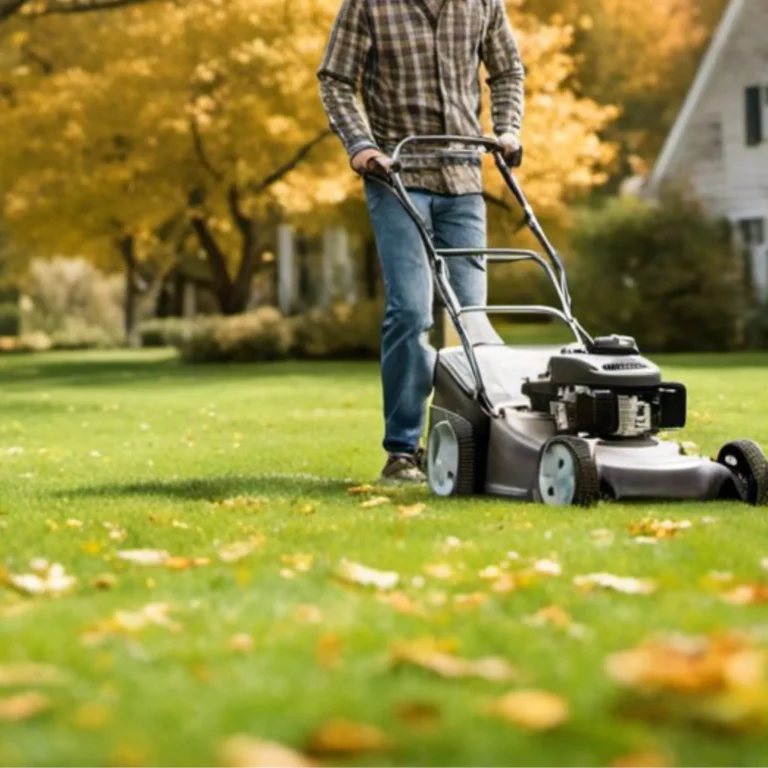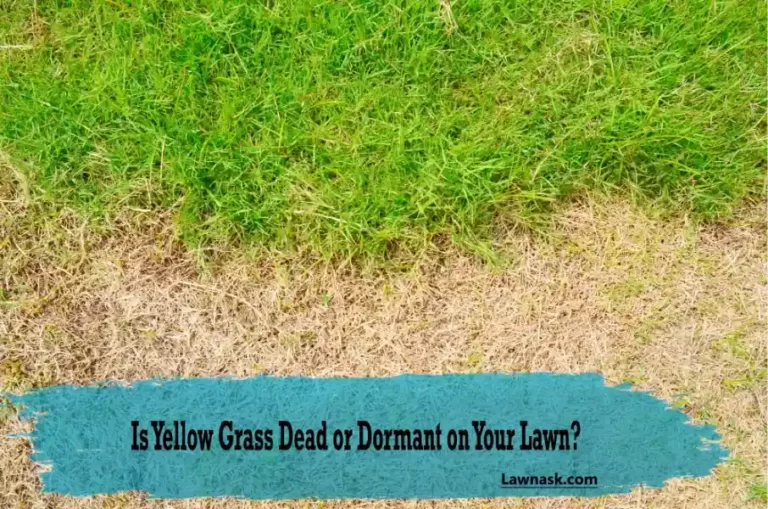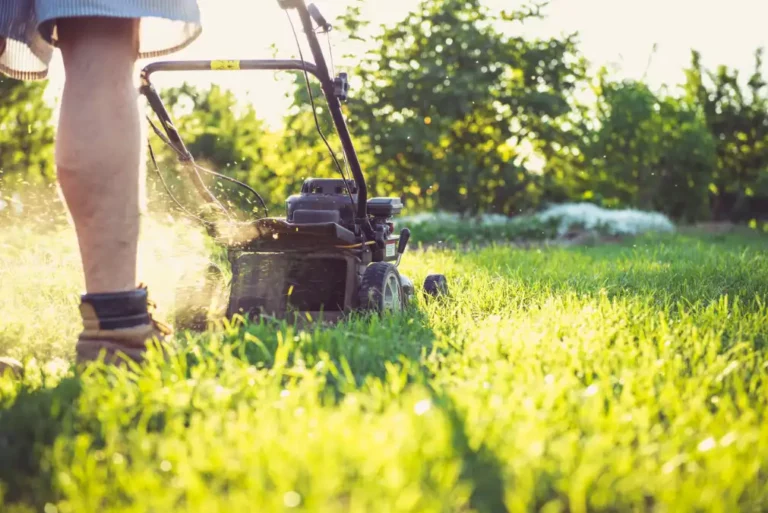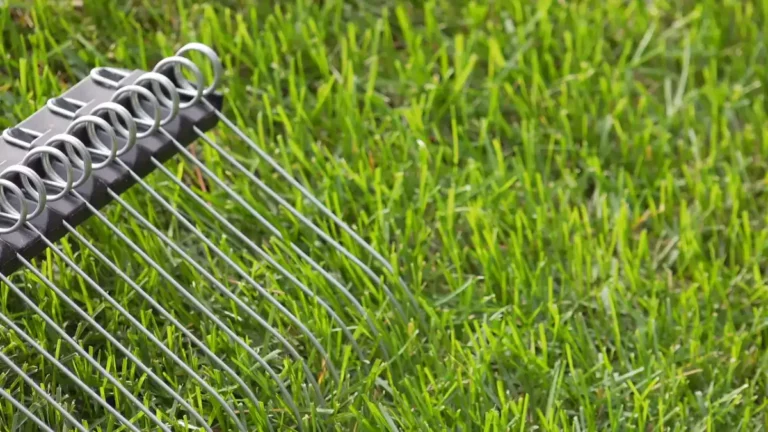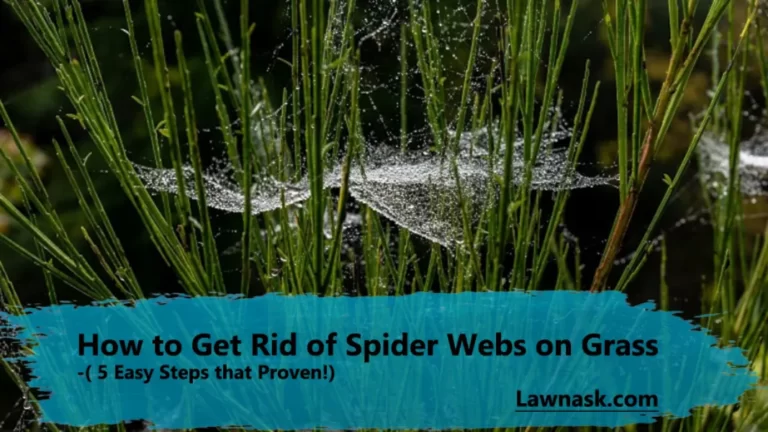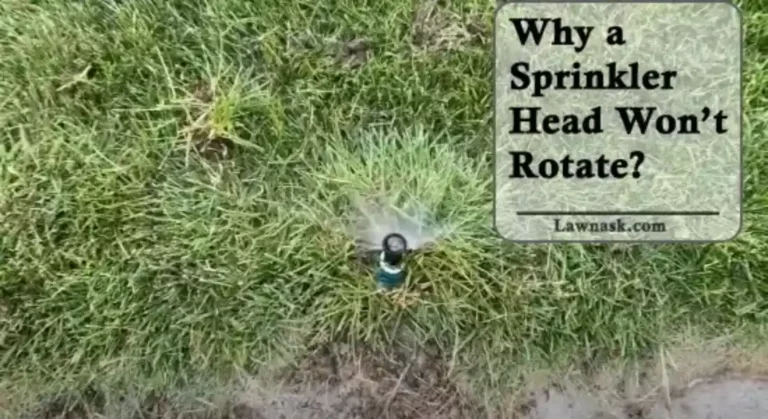What to Do After Dethatching Lawn? Complete Guide
Proper lawn aftercare is very important for it to recover and regain its lush beauty. So what to do after dethatching to make your lawn the green heaven it once used to be?
You need to do a couple of things to make your lawn regain its former glory. These include mowing, watering, applying fertilizers, mulching, and compost, etc.
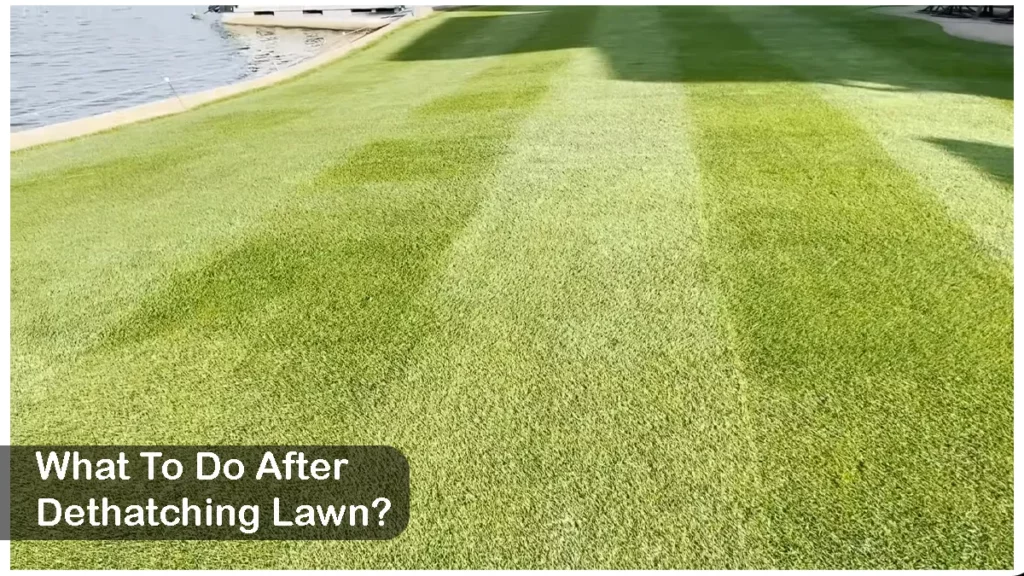
Why Lawn Aftercare is Necessary?
If you neglect taking care of your lawn after dethatching it will cause you severe headaches and labor down the line.
Here is why post-dethatch aftercare is important:
New Grass Growth
When you reduce the density of the thatch layer by dethatching the grass has newfound access to the soil.
Without the barrier, overseeding takes care of bare spots or any uneven areas where the grass is thin. Dethatching also reduces the fungus and diseases by drying out the soil so the grass is less likely to be affected by them.
Better Nutrient Absorption
Thatch absorbs a lot of the moisture and nutrients. The shallow roots can’t reach whatever nutrient the soil has left.
Photosynthesis and other processes that are vital for the survival of the grass need a bunch of water, air, and other organic nutrients.
Dethatching thins out the thatch layer. Grass roots are now able to make direct contact with the soil and help to circulate these nutrients inside the soil and help the grass thrive.
Healthier Lawn in The Long Run
A resilient lawn is less likely to be overthrown by weeds. Dense and healthy grass will naturally crowd out the weeds. The stronger the grass the less room it will give to unwanted plants.
Post-dethatching care is the starting point for a lawn’s long-term survival. It will also be easier for you to address issues in the future.
What to Do After Dethatching Lawn: 5 Simple Steps for a Healthy Lawn
Dethatching your lawn is tremendous work. But the real magic comes after. Once you’ve cleared the path for the grass to grow properly it is time to take care of it.
Follow these steps after dethatching and your lawn will thank you for it:
1. Cleanup and Mulch
When you are done with dethatching it is time to get rid of it. Take a leaf rake and break up the clumps of thatch. You can also use a lawn sweeper for larger areas.
Gather the thatch into a bag. You can either dispose of it or use these materials to create a compost for one of the steps later.
Apply a layer of mulch, preferably seaweed or manure evenly across the lawn. Don’t go overboard with manure or you’ll have to do extensive pest control later.
2. Watering the Whole Lawn
Dethatching dries out the soil immediately after you’re done. Even if it doesn’t, you will have to water the whole lawn so it can go through to the soil.
Take a garden hose and spray water around the whole lawn or if you have a sprinkler system turn it on until it reaches every corner. Water your lawn in the morning so the excess moisture dries out.
If you didn’t aerate before dethatching you can do it now and let the water run straight into the soil.
3. Overseeding the Lawn
Excess thatch build-up will leave bare spots after dethatching is complete. You will need to reseed and overseed to compensate for these spots.
For overseeding you will need 1.5 to 2 pounds of seed per 1000 square feet.
If you are unsure about the type of grass you have, these are some good grass types for overseeding:
- Winter Grass: Perennial Ryegrass, Kentucky Bluegrass and Fescues
- Summer Grass: Zoysia Grass, Buffalo Grass, Bermuda Grass.
4. Apply Organic Fertilizer
Immediately after dethatching use liquid fertilizers like fish emulsion or kelp for the grass to absorb quickly.
When the grass starts to sprout change it to a more slow-release one that is rich in phosphorus. Spread the fertilizer evenly over the lawn and avoid overlapping.
You can use bone meal or rock phosphate to accelerate the growth of the grass. The phosphorus in bone meal will help the roots grow deeper into the soil.
5. Topdressing the Lawn with Compost
Compost is decomposed organic material and waste. You can make your organic compost material. Make sure you balance the nitrogen and carbon levels while making the compost.
Take a bin and put fruit and vegetable peels, tea bags, eggshells, small grass clippings, hay, stale bread; every kitchen scrap you can gather.
Over time it will decompose and turn into a disgusting thick paste. Use a shovel to distribute a thin layer of this waste across the lawn.
How to Make Your Lawn Low-Maintenance After Dethatching?
If you’re interested in reducing how much maintenance your lawn needs after dethatching you should follow these techniques:
- Pick the right grass types. Pick native grass that is suited for your climate and soil type.
- You can also reduce the size of the lawn. Not reduce the space but consider using leftover space to cultivate a flower garden or vegetable farm.
- Mow deep so you don’t have to frequently mow your lawn. Small clippings easily decompose, reducing thatch build-up and maintenance needs.
- Limit using unnecessary chemicals like pesticides unless you have a serious pest situation.
- You can also install an irrigation system with a moisture sensor.
- Regularly test the soil for PH levels, nutrient contents, and Cation exchange capacity to determine what it needs.
Frequently Asked Questions (FAQs)
Can I mow my lawn after dethatching?
It’s best to wait a few days. You dethatch when the grass starts to grow actively. So grass blades will not be at a height that you need to mow it. Avoid cutting more than one-third of the grass height after dethatching.
How do you know whether to fertilize your lawn?
Do a soil test. If it says that the soil is lacking in nutrients, you’ll know to fertilize the lawn. As a rule of thumb wait at least two weeks and monitor the recovery process before applying any fertilizer.
What should you do to prevent excessive thatch?
There will always be some thatch on your lawn. Grass types that grow rapidly will usually produce more thatch material. You can choose one that is less prone to turning into thatch such as Ryegrass.

